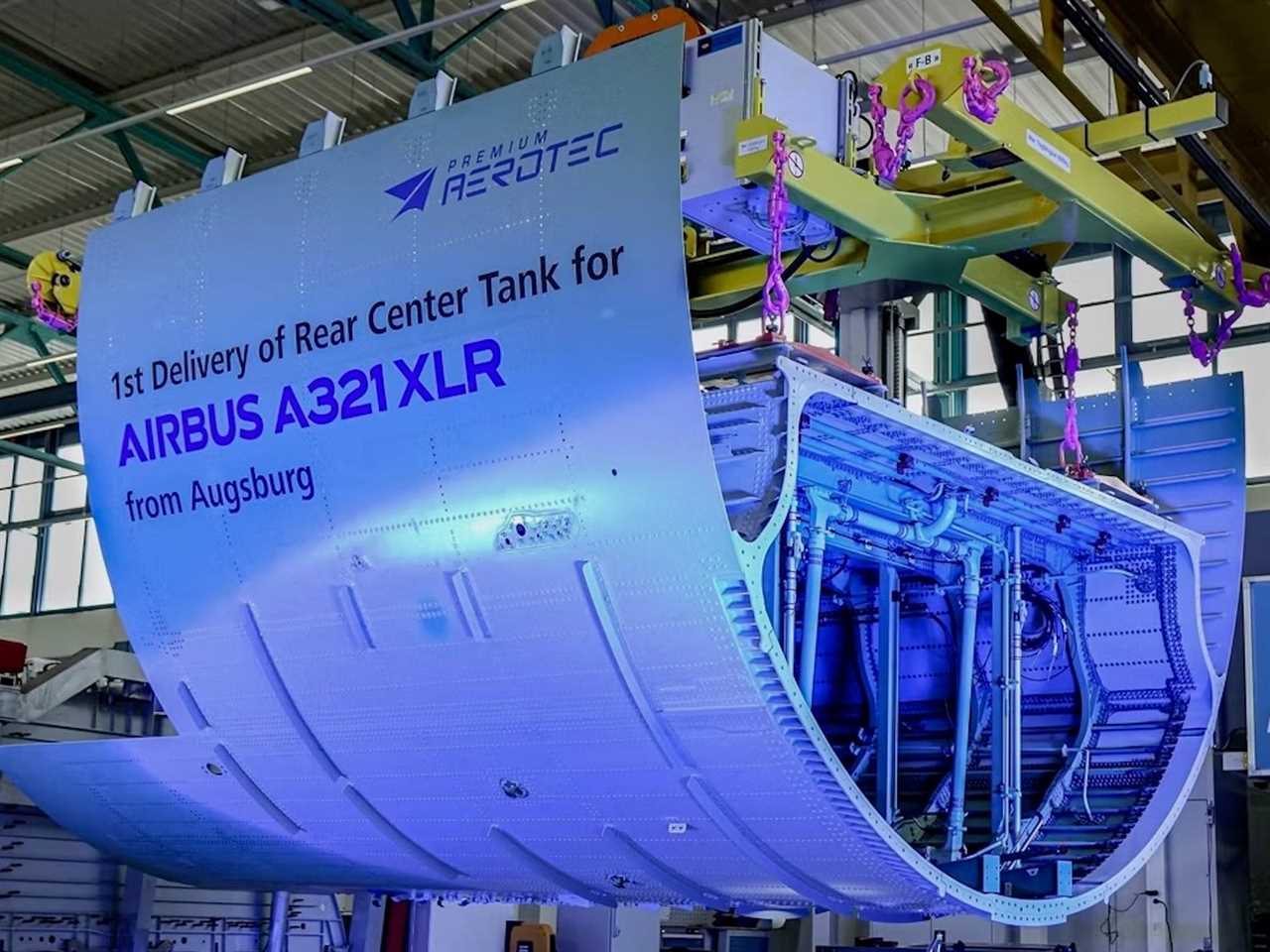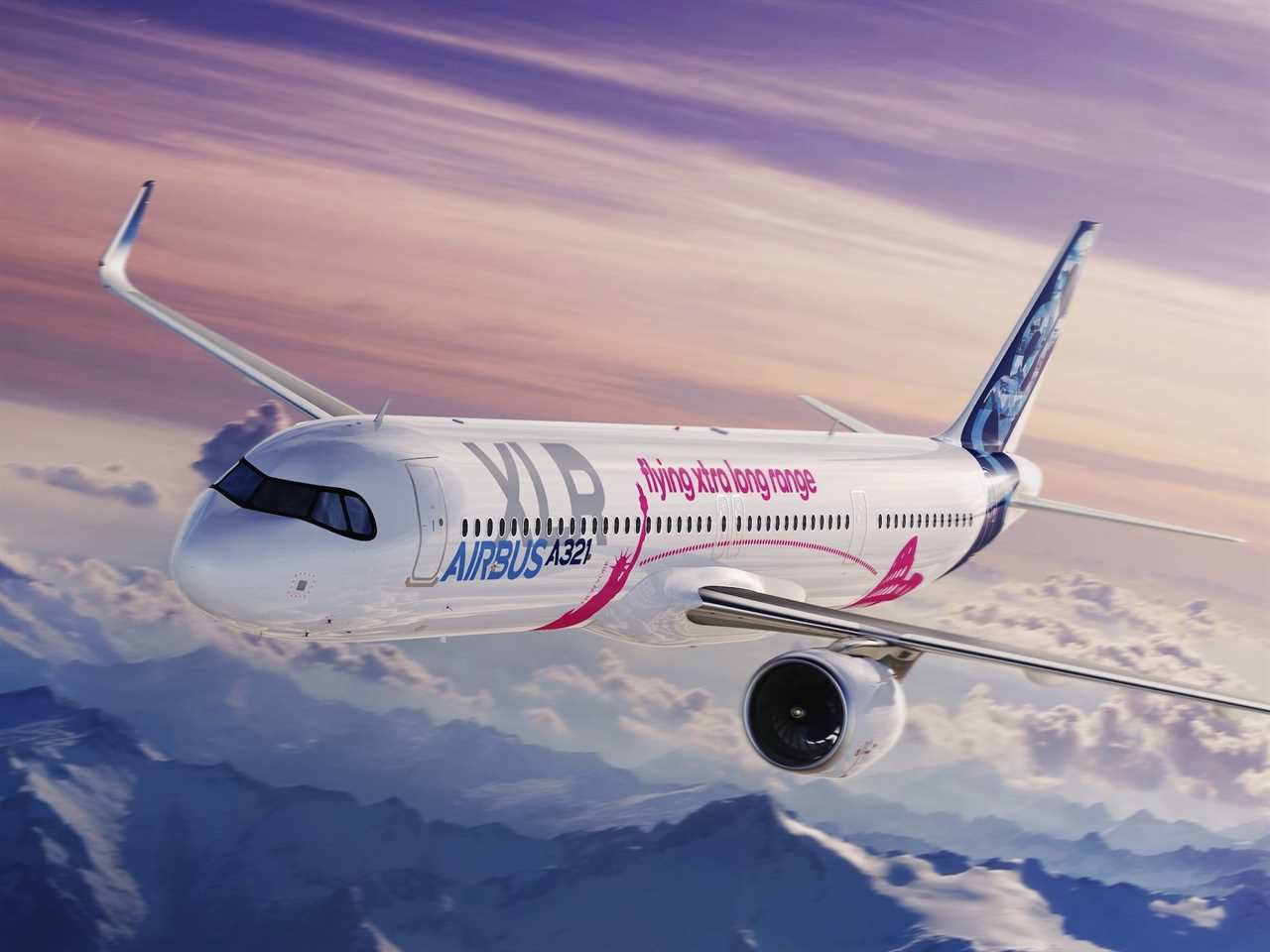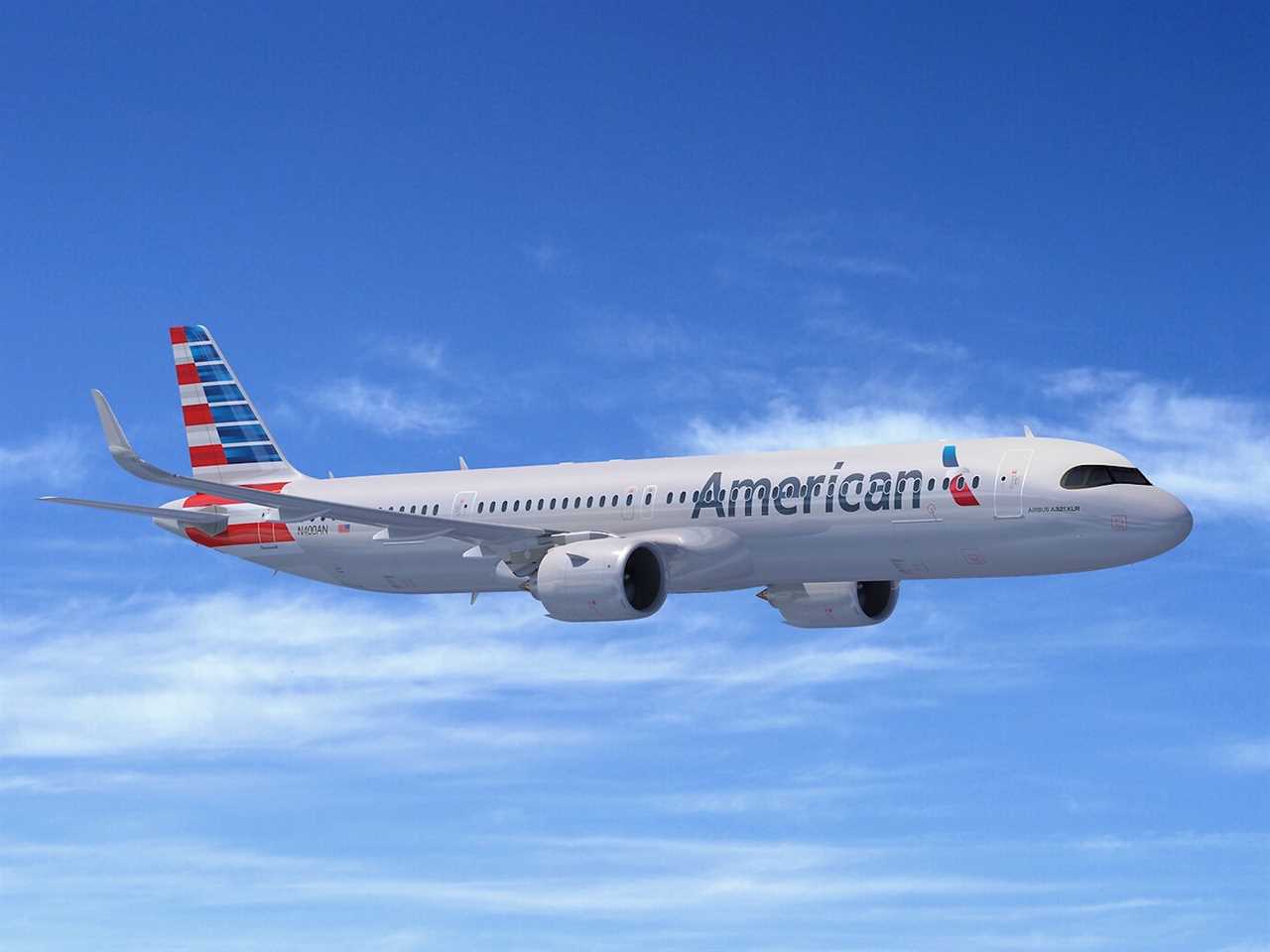Taylor Rains/Insider
- The Airbus A321XLR is the European planemaker's latest narrowbody airliner built to fly up to 11 hours nonstop.
- The game-changing aircraft will open new previously uneconomical routes and connect more city pairs.
- Airlines are buying up the A321XLR as a prime replacement aircraft for aging jets like the Boeing 757.
Thousands of media personnel, photographers, exhibitors, and industry professionals flooded the Paris Air Show in mid-June for the ultimate showcase of aviation products and technology.
The star of the biennial event was the Airbus A321XLR, which made its air show debut on June 19 to much fanfare. Hundreds of people lined the roads and chalet decks to watch as the "Xtra Long Range" jet dipped, climbed, and banked across the sky.
You could feel the excitement, especially as the next-generation single-aisle plane continues its certification process and nears its commercial launch in early 2024.
Having already reported on the evolution of narrowbody long-haul flying, I've been eager to witness the latest innovation.
And, after seeing it soar, I truly think the XLR is exactly what the industry needs as post-pandemic demand surges, people seek more point-to-point flying, and airlines continue to modernize their fleets.
The A321XLR can open new routes thanks to its extra fuel tank

Premium AEROTEC
Single-aisle planes have been flying across the Atlantic for decades now, like JetBlue's Boston to London route using an A321LR and Icelandair's New York to Reykjavik flight using a Boeing 757.
However, the A321XLR's large rear center fuel tank allows it to fly up to 5,400 miles (11 hours) nonstop, which is 15% further than the A321LR and gives airlines added flexibility.
This is especially helpful in regard to underserved markets because the XLR will let airlines open previously uneconomical routes and effectively eliminate layovers between low-demand city pairs.
American Airlines, which has ordered 50 XLRs, has suggested routes like Raleigh, North Carolina, direct to London — meaning passengers wouldn't have to stop in the carrier's Charlotte or New York hubs along the way.
"American likes the A321 and we can do a number of things with the XLR, including serving routes that cannot support a 787 but where we still have a nice onboard product," American's managing director of global network planning Jason Reisinger said at a Routes Americas 2023 panel in March.
Reisinger is likely nodding to American's brand new "Flagship Suite" business class product that will debut on its future Boeing 787 and XLRs starting in 2024.
The XLR will offer enhanced comfort and economics

Airbus
According to an Airbus spokesperson, the XLR has incredible economics, including reducing fuel burn by 30% compared to the Boeing 757.
And, he told Insider at the show that the jet does this without sacrificing capacity as it can hold between 180 and 220 people in a two-class configuration — similar to the 757, which Icelandair is replacing with the XLR.
Moreover, passenger comfort will not be compromised as Airbus has come up with new systems that better regulate things like ventilation, temperature, and sound onboard, as well as add more overhead bin space capacity — hopefully reducing the pesky gate checks.
However, probably most importantly is that the XLR will be the perfect fleet replacement aircraft as carriers ditch aging jets for ones with better engines and aerodynamics. This is not only healthy for the airline, but advanced systems can help reduce pilot workload and overall stress.
"The new Airbus A321XLR aircraft is an ideal one-for-one replacement for the older, less-efficient aircraft currently operating between some of the most vital cities in our intercontinental network," Andrew Nocella, Chief Commercial Officer for United said in December 2019 press release announcing an XLR order for 50 planes.
An Airbus spokesperson told Insider at the show the XLR will be half the cost to operate between Paris and New York compared to a widebody, but noted there will be less revenue due to the fewer seats: "It's a balance," he said.
The XLR has already racked up hundreds of orders

Airbus
Since its world debut in 2019, the XLR has earned over 500 orders from more than 25 airlines, an Airbus spokesperson told Insider at the air show.
Besides the two aforementioned orders from American and United, carriers from every corner of the globe have taken interest in the XLR jet.
Other deals include four from launch customer Middle East Airlines, 13 from JetBlue, an undisclosed number from Indian airline IndiGo, 20 from Australian flag carrier Qantas, 30 from Malaysian low-cost carrier AirAsia X, 10 from Chile-based budget carrier Sky Airline, and seven from Czech Airlines.
Notice the diversity of operators, highlighting the plane's versatility that can fit into both mainline and low-cost business models.
IndiGo's order is particularly interesting for the region, with India historically lacking long-haul connectivity to cities in Europe and Southeast Asia.
However, the XLR will help eliminate common layovers and create more direct links, like New Delhi to Seoul or Mumbai to Amsterdam, which are currently operated by dual-aisle jets.
"This order is an important milestone, as it reiterates our mission of strengthening air connectivity in India, which will in turn boost economic growth and mobility," IndiGo CEO Ronojoy Dutta said in October 2019.
Read More
By: [email protected] (Taylor Rains)
Title: I saw the Airbus A321XLR make its air show debut and I'm convinced it'll be a game changer for the airline industry
Sourced From: www.businessinsider.com/airbus-a321xlr-will-be-a-game-changer-2023-7
Published Date: Sat, 01 Jul 2023 10:53:00 +0000
Did you miss our previous article...
https://trendinginbusiness.business/business/two-guys-who-were-fed-up-with-spam-calls-created-a-chatgpt-tool-that-trolls-telemarketers-and-wastes-their-time
.png)





